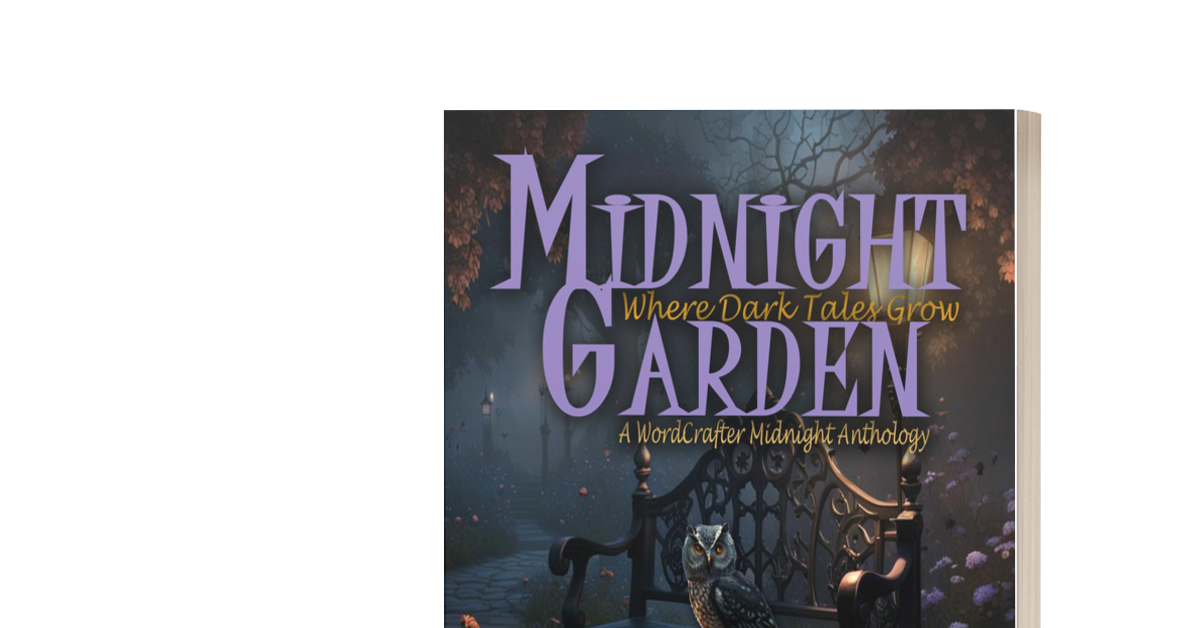You can do a lot of things with carbon atoms. Sixty of them can be arranged in a hollow sphere called fullerene. Arrange them in a sheet with the thickness of a single atom to create graphene, or line them up in a chain to form carbyne. You can even make atomic-scale cylinders called carbon nanotubes.
Carbon nanotubes have a wide range of potential uses, from electronics to water filtration. While researching superconductive materials, MIT researchers spread carbon nanotubes over a surface and created a material that absorbs nearly all light. Their discovery resonated with me. The result, “The Blackest Ink,” is available now in Midnight Garden: Where Dark Tales Grow, a dark fiction anthology from Wordcrafter Press.
In “The Blackest Ink,” the narrator, Abdul, is an apprentice calligrapher, training under the master Zolia. Abdul develops feelings for her, and when she rejects him, his love turns to bitter hatred. Abdul puts it this way:
They were two sides of a silver lira, love and hate, and one became the other with a single flip.
Writing is a form of escape. I wrote the first draft of this story in June 2020 as a way to keep my mind off the raging COVID pandemic and my decreasing ability to divine what was real. I had been writing fiction for a little over two years. For me, skills such as narration, character development, and conflict were still unexplored territory. Each new story I wrote was an exercise to develop my writing craft. With “The Blackest Ink,” I wanted to try my hand at an unreliable narrator. The story is partially untold, and that’s intentional. It’s up to you, dear reader, to decide how much you trust Abdul, and what parts of his tale—if any—to believe.
Ink is a mixture of water, a base, and a pigment. In the same way, each work of fiction is its unique blend of the author’s experiences and where they’ve traveled. I’d recently read Kelly Link’s Pulitzer-nominated collection, Get In Trouble, which got me thinking about psychological horror. Other ingredients included a non-fiction essay concerning cultures that regarded the written word with power and respect, along with a critique partner’s short story that featured enchanted origami swans. For setting, I drew upon my memories of a vacation in Turkey—an ancient and fantastic country, caught between the Western Hemisphere and the conservative traditions of the Middle East. Combined with the MIT article, these readings, memories, and experiences made the story what it is.
“The Blackest Ink” was named a runner-up in Wordcrafter Press’s dark fiction contest and published in their anthology, Midnight Garden. Every story in Midnight Garden is dark and haunting. I hope you enjoy this outstanding anthology from Wordcrafter Press.
